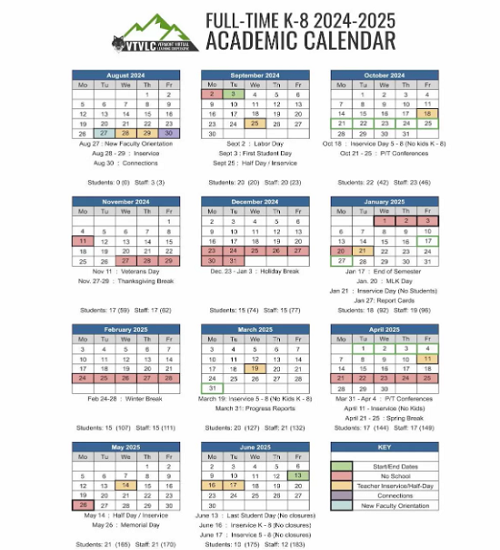Are you tired of the same old mundane job market? Well, good news, virtual reality is here to shake things up! It’s time to ditch the traditional desk job and dive into the world of VR. This innovative technology is changing the way we work, opening up new employment opportunities, and redefining job requirements.
But don’t just take our word for it. With virtual reality, you can experience a day in the life of a pilot, explore the depths of the ocean as a marine biologist, or even travel to Mars as an astronaut. And the best part? You don’t even have to leave your house! With the potential for remote work, virtual reality is leveling the playing field and offering employment opportunities to those who may not have had access before. So let’s dive into the impact of virtual reality on the job market and see how it’s changing the way we work!
The History of Virtual Reality
Virtual reality has become a hot topic in recent years, but it’s not a new concept. In fact, the origins of virtual reality can be traced back to the 1950s, when Morton Heilig created the Sensorama, a device that offered immersive experiences through all five senses. The Sensorama was the first step towards a truly immersive virtual reality experience, and its invention paved the way for further advancements in this field.
In the 1960s and 70s, virtual reality technology began to take shape in earnest. Ivan Sutherland and his team at Harvard University developed the first head-mounted display (HMD), which allowed users to view computer-generated graphics in 3D. This invention set the stage for the development of the first VR simulator, the “Sword of Damocles,” in 1968.
The 1980s saw a surge of interest in virtual reality, with companies like Atari and Sega developing VR headsets for the gaming industry. However, it wasn’t until the 1990s that virtual reality technology began to really take off. Jaron Lanier, a computer scientist and entrepreneur, coined the term “virtual reality” in 1987, and went on to found VPL Research, a company that developed some of the earliest commercial VR devices.
Throughout the 1990s, virtual reality technology continued to evolve, with the development of the first VR gloves, haptic feedback devices, and omnidirectional treadmills. The 2000s saw the introduction of affordable VR headsets for home use, such as the Oculus Rift and the HTC Vive. Today, virtual reality is an established technology that’s being used across a wide range of industries, from gaming and entertainment to healthcare and education. With the pace of innovation in the field, it’s clear that the history of virtual reality is far from over.
Virtual Reality and Job Market
Virtual reality has the potential to revolutionize the job market by offering new and exciting opportunities for both employers and job seekers. Here are some advantages and disadvantages of virtual reality in the job market, as well as its potential effects and future developments.
Advantages: One of the key advantages of virtual reality in the job market is the potential for remote work. VR technology allows employees to work from anywhere in the world, increasing job opportunities for those who may not have had access to them before. Virtual reality can also improve training and education, allowing employees to receive more immersive and interactive training without the need for in-person instruction. Additionally, VR can reduce costs for employers, as they can conduct job interviews and meetings virtually.
Disadvantages: The main disadvantage of virtual reality in the job market is the potential for job loss, as automation and VR technology can replace some job functions. Another disadvantage is the high cost of VR technology, which may limit access to these opportunities for certain individuals or companies. There is also a concern for the potential for security risks with VR technology.
Effects: Virtual reality is already having an impact on the job market, with new industries such as virtual reality gaming and virtual real estate emerging. VR can also improve employee productivity and collaboration, leading to increased innovation and efficiency.
Future: The future of the job market with virtual reality is promising, with the potential for new and innovative job opportunities emerging in areas such as healthcare, education, and entertainment. The use of VR technology is expected to continue to grow and expand, leading to increased remote work opportunities and improved training and education. While there may be some job loss due to automation, the growth and potential of virtual reality in the job market outweigh the potential disadvantages.
Skills Required for Virtual Reality Jobs
As virtual reality technology continues to grow and expand, job opportunities in this field are also on the rise. However, the skills required for virtual reality jobs are unique and may differ from those required for traditional roles. Here are some key skills required for virtual reality jobs:
Technical Skills:
Virtual reality jobs require a strong foundation in technical skills such as programming, computer graphics, and 3D modeling. Knowledge of programming languages such as C++, Java, and Python are essential for developing VR applications. Additionally, proficiency in game engines such as Unity or Unreal Engine is necessary for creating immersive and interactive virtual reality experiences.
Creative Skills:
In addition to technical skills, virtual reality jobs require creative skills such as design and storytelling. These skills are necessary for creating immersive and engaging virtual reality experiences that captivate users. Creativity is also necessary for developing unique and innovative applications that stand out in a crowded market.
Soft Skills:
Virtual reality jobs require strong communication and collaboration skills as the work often involves a team effort. Strong problem-solving skills, critical thinking, and the ability to work well under pressure are also essential for success in this field.
Education and Certifications:
A degree in computer science, graphic design, or a related field is typically required for virtual reality jobs. Additionally, certifications in virtual reality development can set a candidate apart from others in the job market.
Conclusion
virtual reality is already transforming the job market and offers a promising future for job seekers and employers alike. While there are some technical expertise requirements and security risks associated with this technology, the benefits outweigh the potential drawbacks. Job seekers should be aware of the growing opportunities in VR and focus on acquiring the necessary skills to take advantage of this rapidly expanding field. Employers, on the other hand, should embrace the potential of virtual reality to improve employee productivity and collaboration, reduce costs, and offer new and innovative job opportunities. By following best practices and taking necessary precautions, virtual reality can be a game-changer for the job market, leading to a more connected, productive, and innovative workforce.




